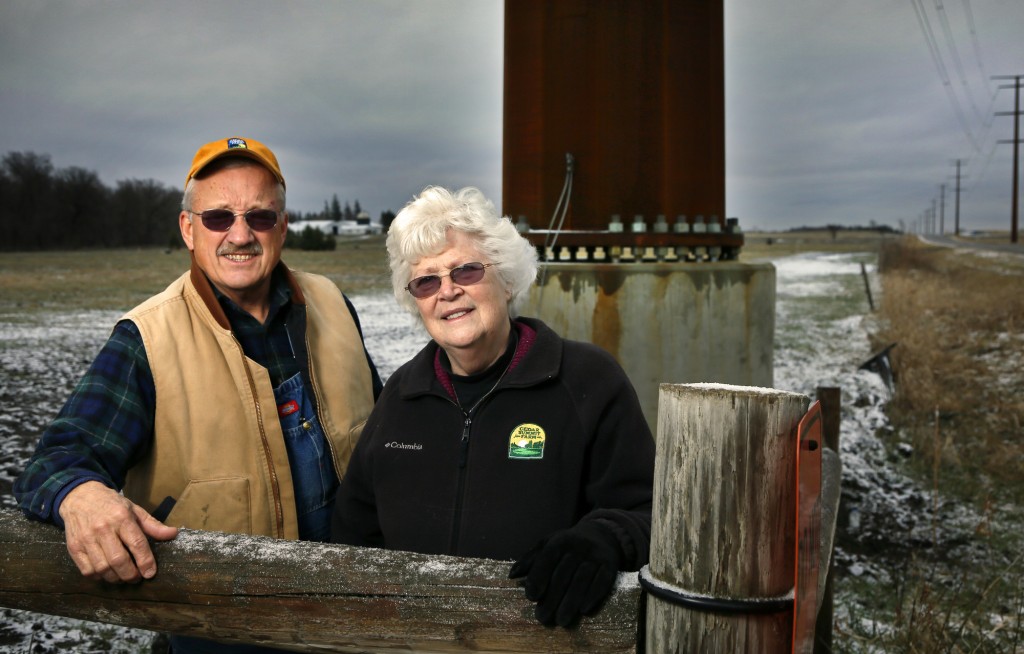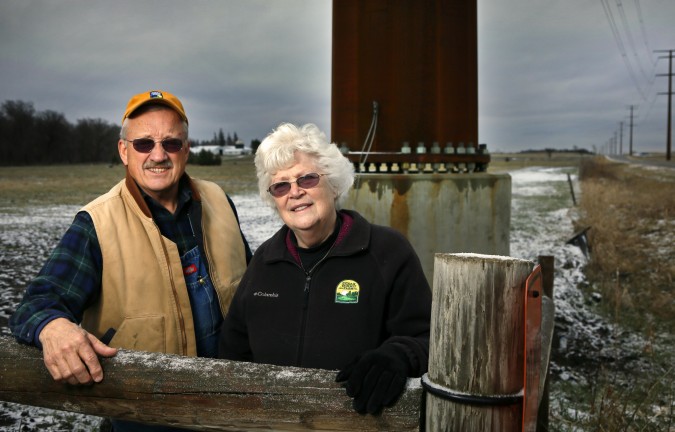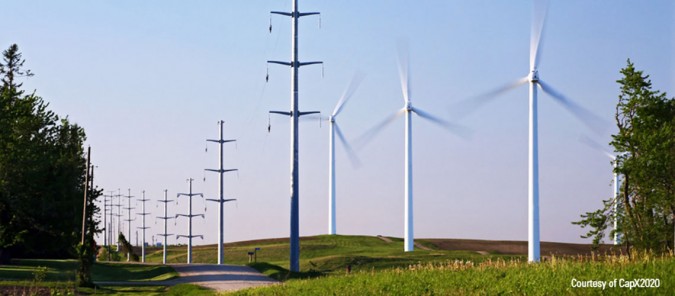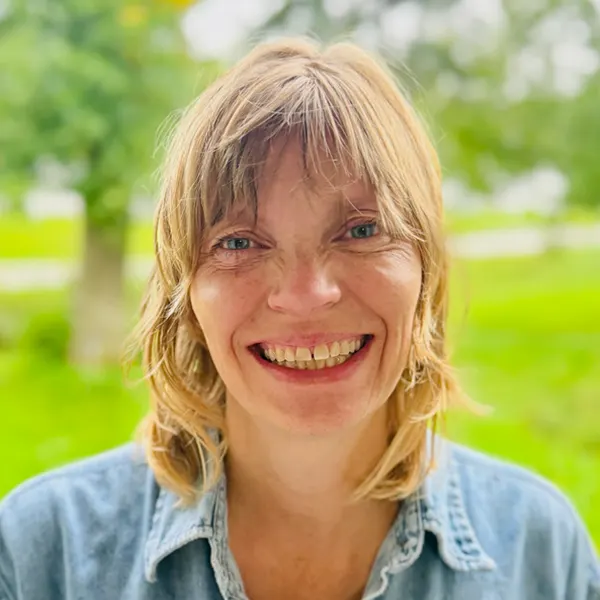
Cedar Summit Farm’s Battle
“People need electricity; we realize this,” Florence Minar said. “But it’s just a matter of fairness. And if you have to buy a farmer out, give them a fair payment so he can go set up somewhere else without fighting about it, or without telling him he doesn’t deserve it.”
Last week District Court Judge Caroline Lennon sided with Florence and Dave Minar saying that Minnesota’s “Buy the Farm” law applied in the circumstances surrounding a 340,000-volt electricity transmission line crossing their 100% grass-fed organic dairy farm near New Prague, MN.
Minnesota state law holds that utilities must buy the entire tract of land if a power transmission line threatens a farm’s existence and the farmer wants out. The Minars worried that the transmission line would harm the cows and make customers question the quality of the product coming from their grass-fed operation. Representatives of the $2 Billion CapX2020 project said that the Buy the Farm law did not apply in this case as less than an acre of land would be affected by the transmission support structure.
The Minars were represented by attorney Paula Maccabee. The farm has an estimated value of $ 1.4 million. Read the StarTrib story here.
Minnesota’s Struggle
Since the 1970’s when rural Minnesotans rose in opposition to a 430-mile-long high-voltage transmission line that threatened their land and families, our state has been a laboratory for robust energy debate and efforts to “get it right.” Paul Wellstone and Barry M. Casper documented the fight that kept nearly half of Minnesota’s state highway patrol occupied in 1978 in Powerline: The First Battle of America’s Energy War.
40 years later, and a decade after CURE first stepped up to join Minnesota’s energy debate and present an often a rare voice for rural interests, we congratulate the Minars and agree with Florence, “People need electricity … but it’s a matter of fairness.”
CURE and Transmission
On energy, CURE is working to answer Governor Dayton’s call to establish the state’s energy future by transitioning to clean renewable energy like wind and solar power, promoting energy efficiency, and making it easier to generate local power. But Minnesota’s ability to provide clean energy to consumers is tangled up with the status of our national electricity grid, which is deeply interconnected, somewhat outdated, generally undersized, and not designed to best serve renewable generation. To bring clean energy to our homes, we need a resilient and reliable grid, which in turn requires our willingness to invest in an improved system that gives preference to clean, renewable generation. We seem to be heading in that direction: take a look at Federal Energy Regulatory Commission Order 1000 discussed in the following article: Major Court Ruling Clears The Way To Let Renewables Into The Grid.
But as we advocate new investments to support clean energy development and clean energy jobs, we must demand that the process is fair, that transmission routes follow corridors of least impact and that stakeholders/landowners receive fair treatment and just compensation.
Bittersweet Progress
For many years CURE has talked about Dave and Florence Minar’s Cedar Summit Dairy as a leading example for how to do it right – farming, land stewardship, local food, smart business, and inspirational leadership. The ruling is bittersweet for the Minars, no doubt, but certainly a step forward in the debate on energy fairness.
Blog post by Duane Ninneman, Executive Director and the Director of Climate & Energy.



